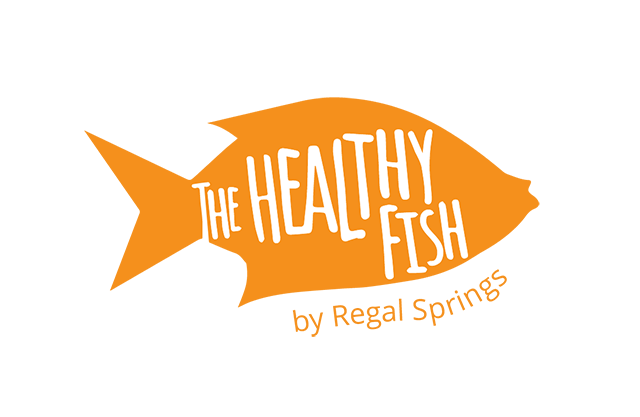When sitting down to a meal, we’re sometimes so hungry that we don’t think about how food ended up on our plates. But understanding these things is extremely important for adults and children alike—food labels exist for a reason, after all!
Our lives are built around the meals we consume, so food literacy—thinking critically about what we are eating, where it comes from and how it should be prepared—is vital to our everyday health and nutrition.
What is Food Literacy?
According to the International Journal of Behavioral Nutrition and Physical Activity, food literacy refers to making healthy food choices in different contexts, settings and situations (at home or a restaurant, with family or alone). Certain knowledge, skills and behaviors are needed to select, plan and prepare healthy meals, and improving your food literacy is the first step.
Why is Food Literacy So Important?

When deciding what kind of food to eat, it’s tempting to consider only one factor: flavor. If something tastes delicious, it must be good for you, right? Think again.
If we were motivated by our taste buds alone, making healthy choices would be seemingly impossible—especially considering that we’ve grown to crave and enjoy the taste of sugary and fatty foods. Evolution is partly to blame for this. As our early ancestors sought out and tried new foods, both sugar and fat were thought to be a good source of energy. This is because our bodies absorb fatty foods more slowly than proteins or carbohydrates (making us feel full), which triggers our brains to release happiness-inducing hormones.
This “need” for fat and sugar, however, has a major impact on the health of both adults and children. Worldwide obesity has tripled since 1975, with 1.9 billion adults now considered overweight. And since sugar-sweetened, high-fat junk foods stimulate the reward centers in our brains, many food companies add sugar and fat to processed foods, which can lead to addiction and overeating.
The Effect of Food Literacy on Child Development
For children and adolescents, good (and bad) eating habits can cement lifelong dietary patterns. According to the Food Literacy Center in Sacramento, California, only 4% of American children eat the daily recommended servings of vegetables and 38% of Californian children are considered overweight.
It’s easy for children to make poor food choices if they aren’t properly educated on the topic. A 2006 report by the Institute of Medicine indicates that the rise of obesity among children corresponds with the increase in the marketing of unhealthy products. Just think of all the commercials you see for chocolate bars and fast-food restaurants. Being exposed to this type of advertising can increase children’s risk of developing diet-related illnesses such as obesity, diabetes or food addiction.
What Can We Do to Improve Food Literacy?

Get educated at a young age! Read as much as you can about the subject, encourage your children to look at food labels, research farms and food production companies—the more you understand about the life cycle of your foods (from growing to composting), the better off you’ll be.
Students learn best with hands-on experience, so seek out opportunities for your kids to try workshops, field trips, cooking classes and other activities. You should also encourage kids to try new foods regularly—studies show that children need to eat a fruit or vegetable 10 to 15 times in order to develop a taste for it. Start incorporating new ingredients into your meals often, alongside more familiar foods.
It can take some time, but improving one’s food literacy is never a bad idea. By teaching kids how to make healthy food choices at a young age, you can set them up to live a well-educated, food-literate life.
Get started by learning what essential minerals are, and exactly why we need to incorporate them into our diets.
Photo Credits: Rido /Shutterstock Inc., Ekaterina_Minaeva / Shutterstock Inc., wavebreakmedia / Shutterstock Inc.






